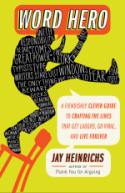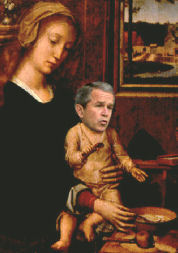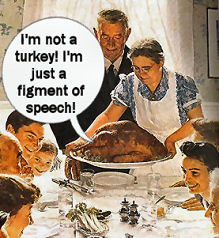Yo, Earth!
 Friday, December 8, 2006 at 09:23AM
Friday, December 8, 2006 at 09:23AM  Quote: “When? I mean, when is the predicted cataclysm?” Supreme Court Justice Antonin Scalia on global warming.
Quote: “When? I mean, when is the predicted cataclysm?” Supreme Court Justice Antonin Scalia on global warming.
Figure of Speech: Straw Man fallacy, the sneaky issue-switch.
Twelve states, three cities and 13 environmental groups are suing the Environmental Protection Agency, arguing that the 1970 Clean Air Act compels the feds to regulate greenhouse-gas emissions. The biggest environmental lawsuit in decades — maybe ever — will come down to a legal technicality: whether the plaintiffs have standing, or the right to sue.
“I thought that standing requires imminent harm,” Justice Scalia asked, rhetorically, during oral arguments. “Is this harm imminent?”
“It is, your honor,” replied the plaintiffs’ attorney, who noted that greenhouse gases are already causing sea levels to rise.
That’s when Scalia interrupted with a Straw Man, a rhetorical trick that replaces the real issue with one that’s easier for the trickster to argue. Scalia replaced “harm” with “cataclysm,” which, though increasingly likely, is arguably harder to pinpoint.
Oh, yeah? Well, global warming has already hit Figaro’s neck of the woods. His maples are dying, ticks have shown up for the first time in recorded history, and, worst of all, the skiing is terrible. We call that a cataclysm.
Snappy Answer: “The moment the rising ocean floods your basement.”






